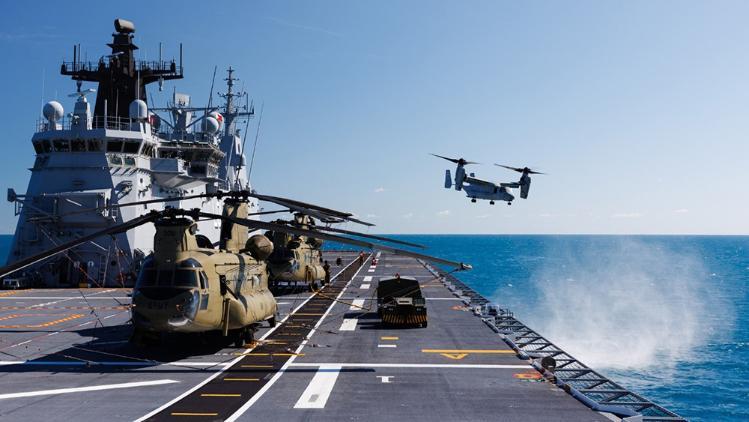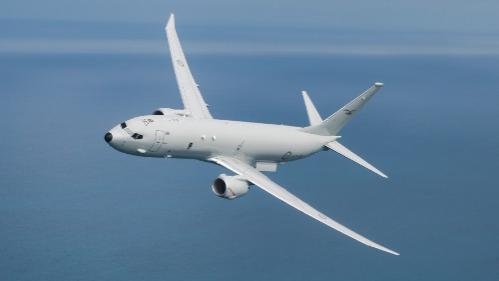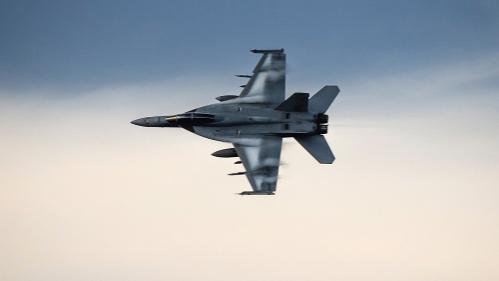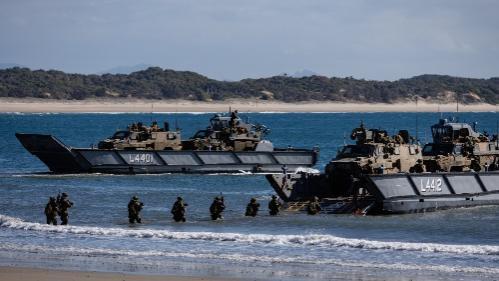This project has been funded by a Department of Defence Strategic Policy division SPGP grant. The project adopts a strategy approach linking policy to ends, ways and means to highlight potential strategy deficits in Australian, alliance and coalition defence planning for maritime operations in the western Pacific in the 2025-2030 timeframe. It does so in the context of China’s challenge to regional order, strategic competition and military-technological complications.
Selected project outputs are available below to view or download, including Issue Briefs on twelve interrelated topics of strategy and defence.
/filters:format(jpg)/prod01/channel_3/assets/contributed/faculty-of-the-arts-social-sciences-amp-humanities/psychology/Sea-on-the-horizon.jpg)






